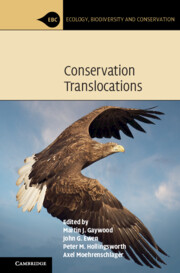Ecological restoration of shrub–steppe communities in the western United States is often hampered by invasion of exotic annual grasses during the process. An important question is how to create restored communities that can better resist reinvasion by these weeds. One hypothesis is that communities comprised of species that are functionally similar to the invader will best resist invasion, while an alternative hypothesis is that structurally more complex and diverse communities will result in more effective competitive exclusion. In this field experiment, we examined the effects of restored community structure on the invasion success of three annual grass weeds (downy brome, jointed goatgrass, and cereal rye). We created replicated community plots that varied in species composition, structural complexity and density, then seeded in annual grass weeds and measured their biomass and seed production the following year, and their cover after 1 and 3 yr. Annual grass weeds were not strongly suppressed by any of the restored communities, indicating that it was difficult for native species to completely capture available resources and exclude annual grass weeds in the first years after planting. Perennial grass monocultures, particularly of the early seral grass bottlebrush squirreltail, were the most highly invaded communities, while structurally complex and diverse mixtures of shrubs (big sagebrush, rubber rabbitbrush), perennial grasses (bluebunch wheatgrass and bottlebrush squirreltail) and forbs (Lewis flax, Utah sweetvetch, hairy golden aster, gooseberryleaf globemallow) were more resistant to invasion. These results suggest that restoration of sagebrush steppe communities resistant to annual grass invasion benefits from higher species diversity; significant reduction of weed propagule pressure prior to restoration may be required.

